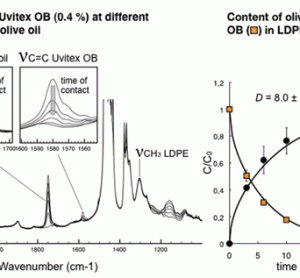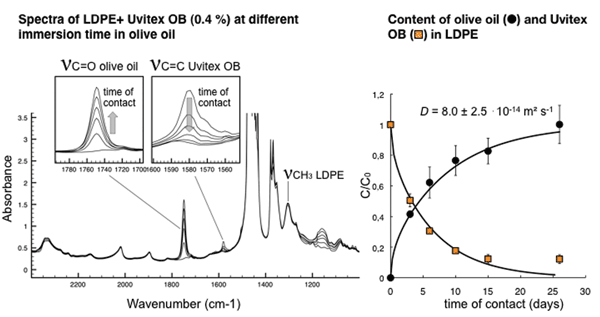Cocoa sustainability at Mars
15 December 2010 | By Peter van Grinsven, Cocoa Sustainability Field Research Manager, Mars Nederland B.V.
At Mars, the sustainability of the cocoa industry is part of the strategy and business practices, with the focus on the viability of smallholder cocoa production systems and the needs of cocoa communities. This fits the company’s principle of mutuality, but there is also a realisation that the future of…





